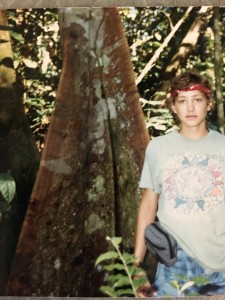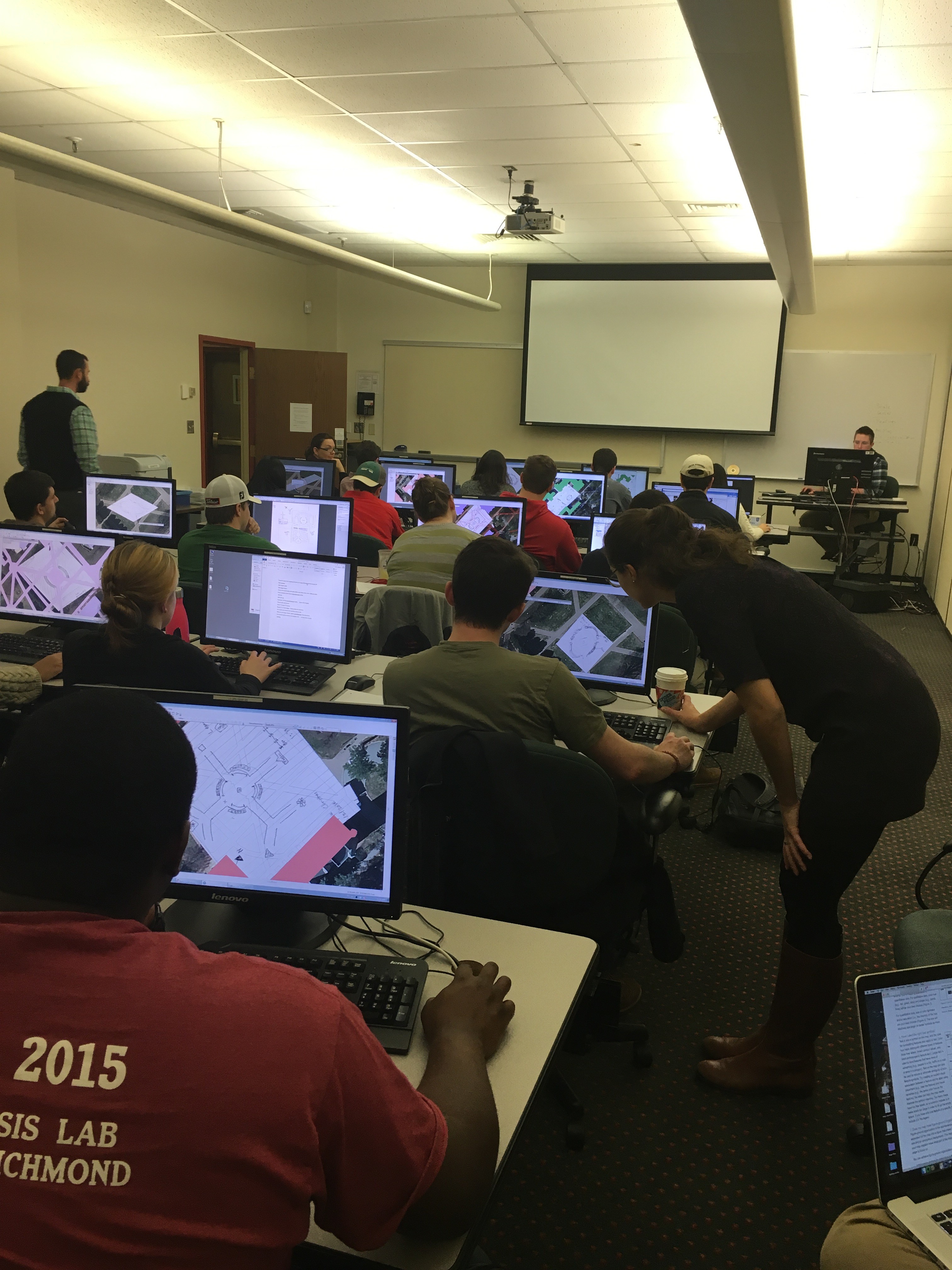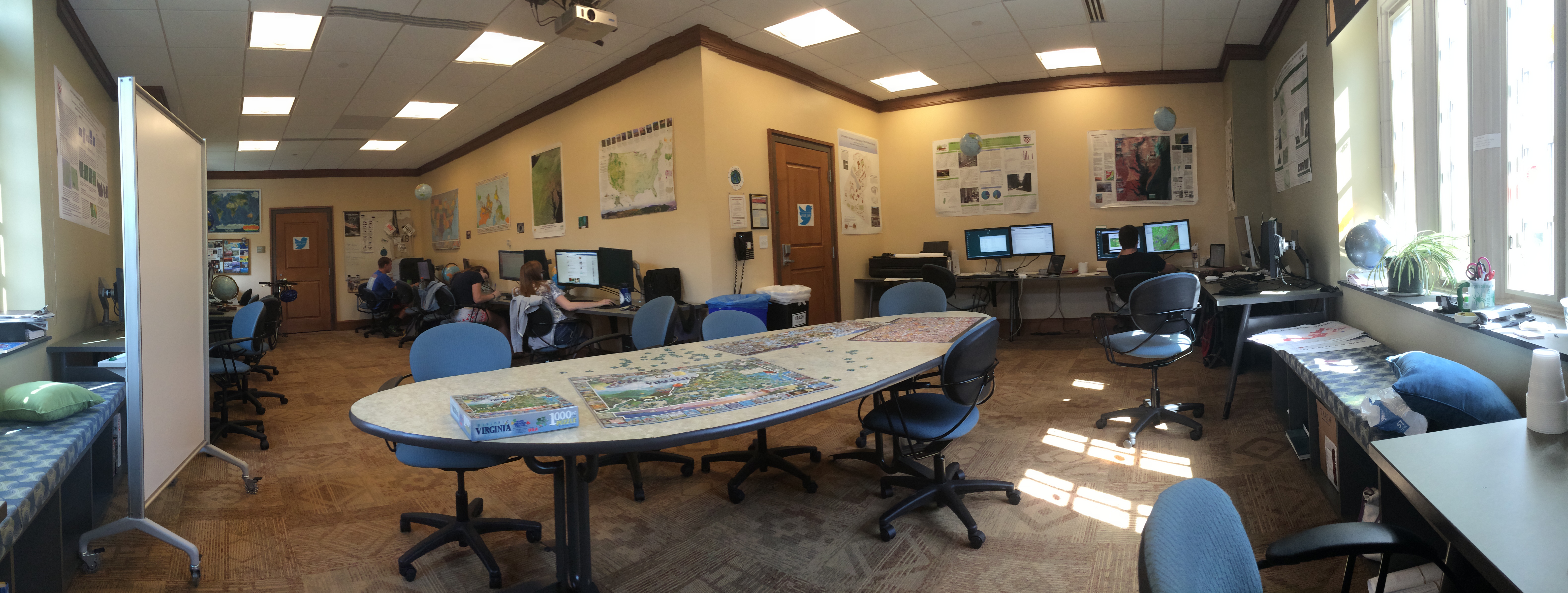The Spatial Analysis Lab at the University of Richmond is pleased to announce a new Student map Competition. This competition is to promote and reward student work in the broad and interdisciplinary area of geo-visualization from students at the University of Richmond. Timmons Group, a multi-disciplined engineering and technology firm headquartered in Richmond, has generously decided to collaborate with the SAL and sponsor this year’s map competition.
We encourage all students to submit their maps, geo-visualizations, or cartography-related digital products for a chance at one of two prizes! All entrants will be displayed in the Spatial Analysis Lab and on its website. The announcement of winners will be made during the GIS week in November, 2020.
Deadline
Entries for the 2020 UR student map competition must be received by Nov. 11st, 2020. Please use the Submission Form to participate this map competition.
Format
- The entry could be a traditional map in PDF, TIFF, or JPG format. File size should be no more than 16mb. If the file size is larger than 16mb, please include a working download link in the submission.
- The entry could also be a web-based map or digital product, available for public viewing. The working URL to the map should be submitted.
- Each entry should be accompanied by a description with less than 500 characters.
Prize
The top winner will receive the Award of Excellence and a prize of $200 USD. One or two runners-up will receive the Honor Award and a prize of $100.
Rules
- The work must have been completed during the 2019-2020 or 2020-2021 academic year.
- The entrant must be a full-time registered student at the University of Richmond, including School of Professional and Continuing Studies, at the time of submission.
- Students may only submit one entry.
- Students hold the copyright to the works they create for this map competition. No previously copyrighted materials may be used for this competition unless the entrant owns the copyright or have a license to use the material for this competition. Timmons Group might seek permission from the entrant to use materials for this competition.
- Students may seek technical support from the SAL staff and interns during regular business hours before Nov. 1st by using the help request form.
- A jury formed by faculty members, staff, and representatives from Geospatial Strategy Committee and Timmons Group will vote on the entrants, and the winners will be selected by a tally of ballots.
- The jury reserves all rights for final explanation of the rules. For questions, please email sal@richmond.edu .


 Quick Links for East Asia Week:
Quick Links for East Asia Week: 
















